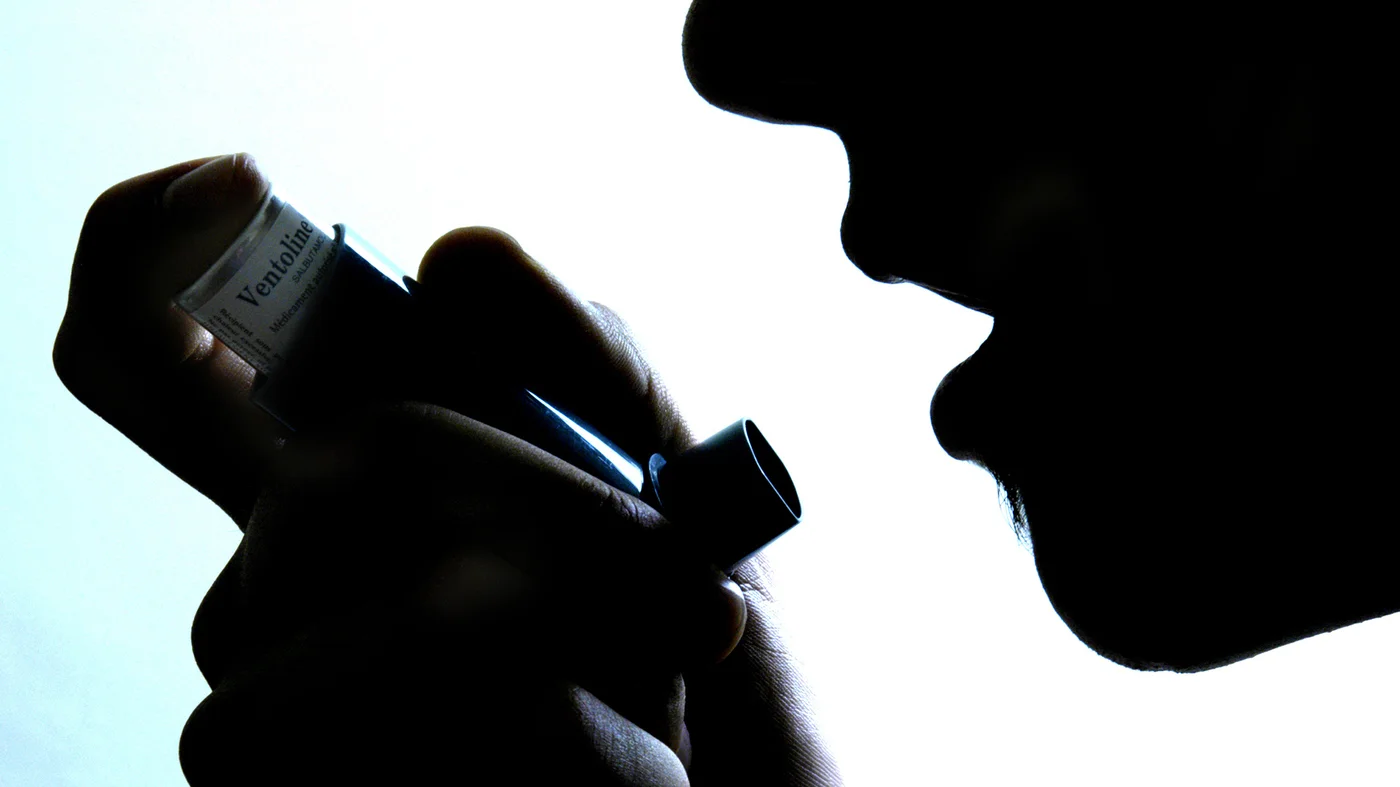The American Sustainable Business Council and the Green Chemistry & Commerce Council has published separate reports to ascertain where business and economic risk and opportunity could be valued.
The report concluded that green chemistry market is poised for unprecedented growth, stating,
"Market growth, capital flows and market demand show an impressive upward trajectory the past five years. The global market for green chemistry, which includes biobased chemicals, renewable feedstocks, green polymers and less-toxic chemical formulations, is projected to grow from $11 billion in 2015 to nearly $100 billion by 2020."
Similarly, the North American market for "green chemistry" is projected to grow from $3 billion to over $20 billion during the same period, according to Pike Research.
Yet despite the financial and environmental positives within the green chemistry market, company efforts to implement safer chemistry appear to be largely reactionary and situational. Sustainable initiatives require a collaborative, harmonized, value-chain approach and this is of paramount importance to progress into the future decades with lateral and innovative discoveries.
Read more here




















